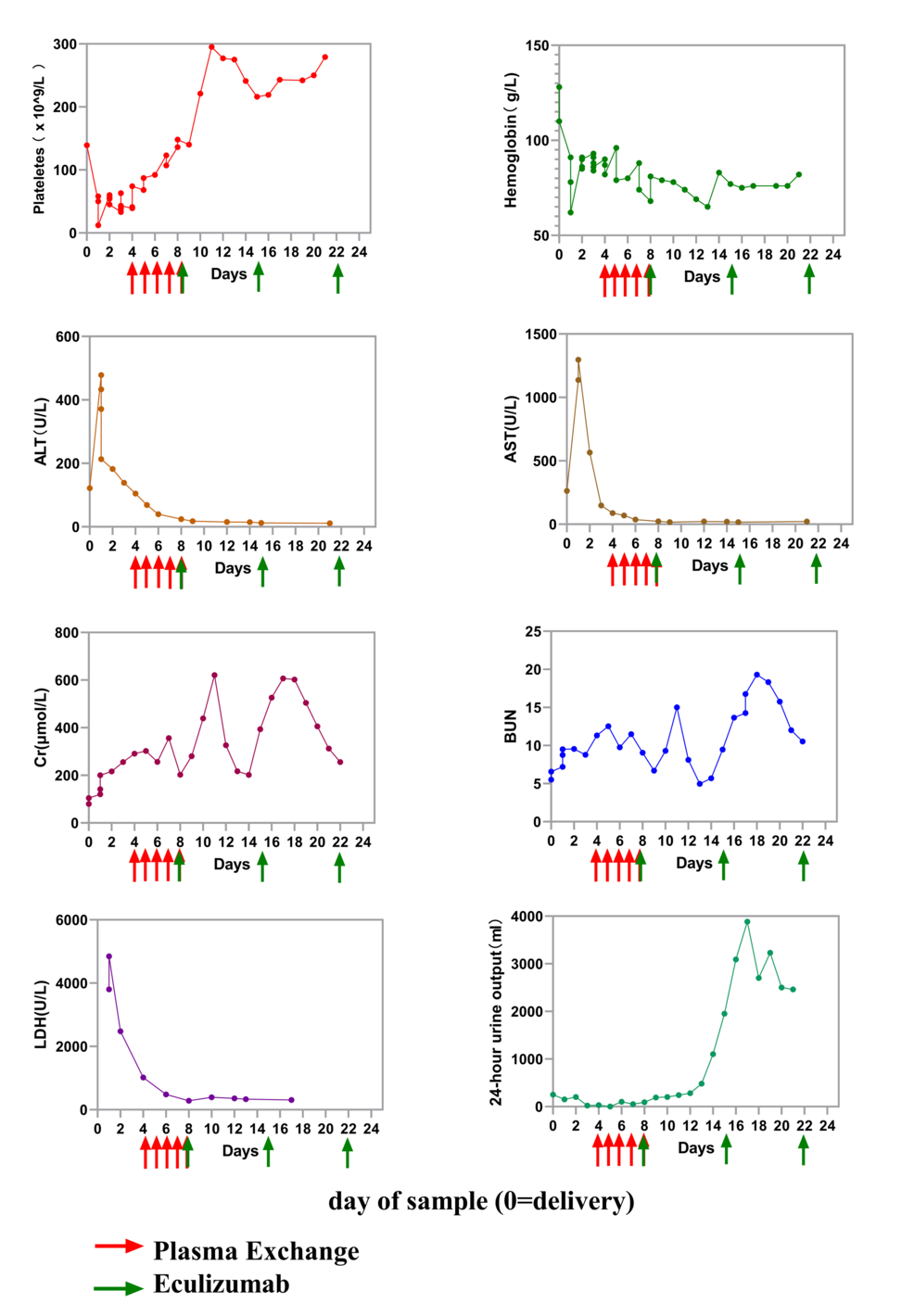Earwax Analysis Could Provide Early Diagnostics for Parkinson's Disease

Recent research conducted by a team at Zhejiang University in China has unveiled intriguing insights into the relationship between earwax composition and Parkinson's disease. This study highlights how the often-overlooked substance, commonly dismissed as just a bodily byproduct, may actually serve as a key indicator of health, particularly in the context of neurological disorders.
The researchers gathered earwax samples from a total of 179 individuals, split between those diagnosed with Parkinson's disease (100 participants) and a control group without the condition (79 participants). The focus on earwax stems from its primary component: sebum, an oily substance that undergoes significant chemical transformation in the presence of Parkinson's, ultimately leading to the release of unique volatile organic compounds (VOCs).
Parkinson's disease, a progressive neurodegenerative disorder, triggers a series of damaging biological processes, including neurodegeneration, inflammation, and oxidative stress. These processes alter the composition of sebum, resulting in distinctive changes not only in chemical makeup but also in odor. The clinical manifestations of Parkinson's include tremors, muscle stiffness, and bradykinesia (slow movement), which can further deteriorate into severe symptoms like freezing episodes, speech impairments, swallowing difficulties, and an increased risk of falls — all of which are significant contributors to mortality in patients.
In the study, the researchers identified four specific VOCs that were markedly present in the earwax of individuals with Parkinson's disease. These findings suggest that earwax could serve as a non-invasive biomarker for the disease, potentially allowing for early detection without the need for more invasive diagnostic procedures like spinal taps.
Currently, approximately one million Americans and around ten million people worldwide live with Parkinson's disease, with nearly 90,000 new cases diagnosed annually. As these numbers are anticipated to rise, the importance of early diagnosis becomes increasingly urgent. Although there is no definitive cure for Parkinson's, early intervention with medication can help manage symptoms and slow disease progression.
The researchers employed advanced algorithms to analyze the VOC data derived from the earwax samples, achieving an impressive 94 percent accuracy rate in determining the Parkinson's status of the subjects. This high level of precision underscores the potential for developing a rapid and reliable diagnostic tool based on earwax composition.
Among the notable VOCs identified were Ethylbenzene and 4-Ethyltoluene, both of which are typically found in common materials such as plastics and petroleum products. The presence of these compounds suggests inflammation in the brain, a critical factor contributing to dopamine depletion — a neurotransmitter essential for controlling movement. As dopamine levels decline with the progression of Parkinson's, individuals may experience increasing immobility.
Another significant compound detected was Pentanal, which emerges as a byproduct of fat breakdown. Elevated levels of this VOC indicate cell damage associated with Parkinson's, and it has been linked to the accumulation of protein aggregates in the brains of affected individuals.
Additionally, the VOC 2-Pentadecyl-1,3-dioxolane emerged, suggesting possible metabolic issues related to fats, potentially stemming from alterations in the skin microbiome of patients. While its direct connection to Parkinson's remains unclear, there's growing evidence of an association between the disease and changes in gut microbiota. Research indicates that gut health, influenced by a balance of beneficial bacteria, plays a crucial role in overall brain health. An imbalance can lead to the proliferation of harmful bacteria, which may release toxins, contributing to brain inflammation.
The environmental factors associated with Parkinson's disease are complex, involving a mix of genetic predispositions and external exposures. According to the NIH, harmful environmental toxins are considered significant contributors to the rising incidence of this condition, which has seen death rates due to Parkinson's more than double in the past two decades — from 14,500 deaths in 1999 to approximately 35,000 in 2019.
The rising mortality rates reflect a broader trend, with Parkinson's-related deaths increasing from 42 to 65 per 100,000 individuals between 1999 and 2017. While utilizing earwax as a diagnostic tool is a novel approach, the investigation into the role of VOCs in relation to Parkinson's disease is not new. In fact, a sweeping meta-analysis conducted in 2023 has already identified distinct VOCs in the breath and skin oils of individuals with Parkinson's compared to healthy controls, linking these compounds to oxidative stress, a damaging process cells undergo before succumbing to death.
Dr. Hao Dong, a key researcher in the study, acknowledged the preliminary nature of their findings, stating, 'This method is a small-scale single-center experiment in China. The next step is to conduct further research at different stages of the disease, in multiple research centers and among multiple ethnic groups, to determine whether this method has greater practical application value.' Such future research could pave the way for a revolutionary approach to early Parkinson's detection.



















